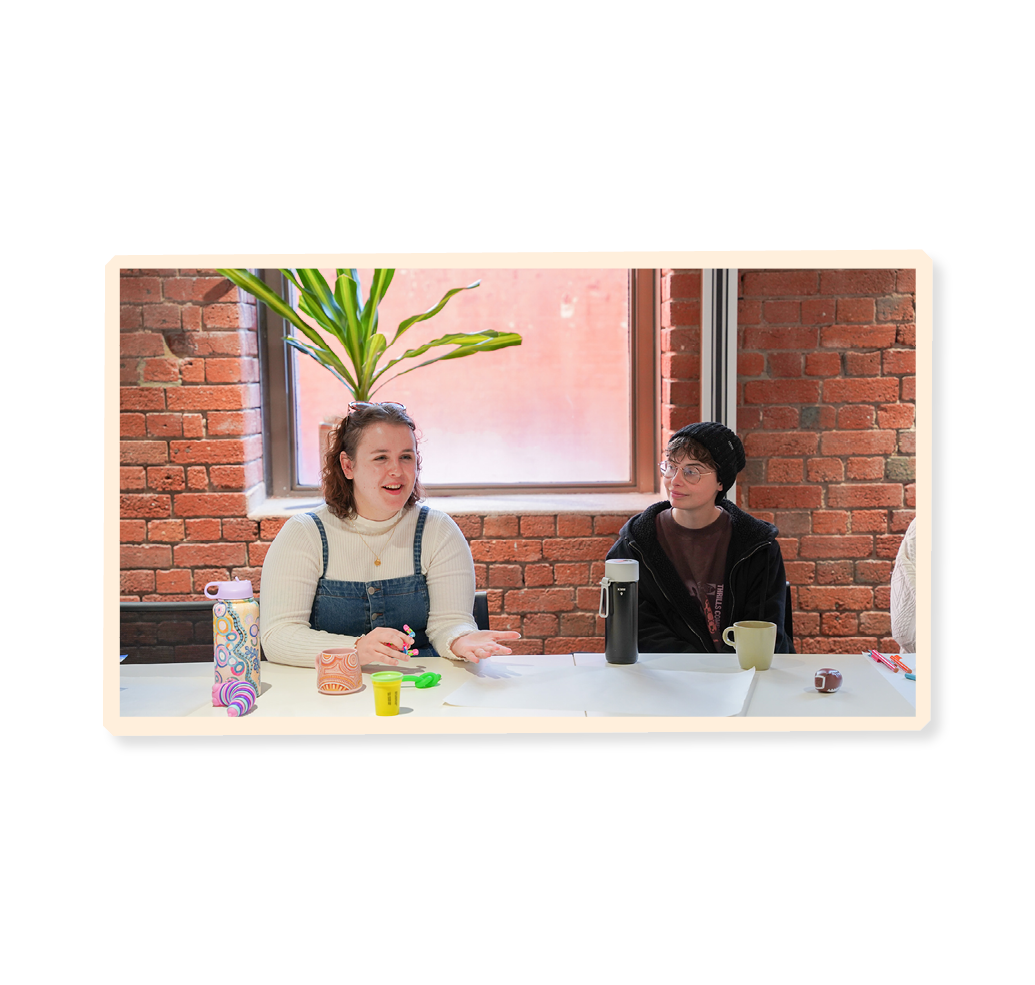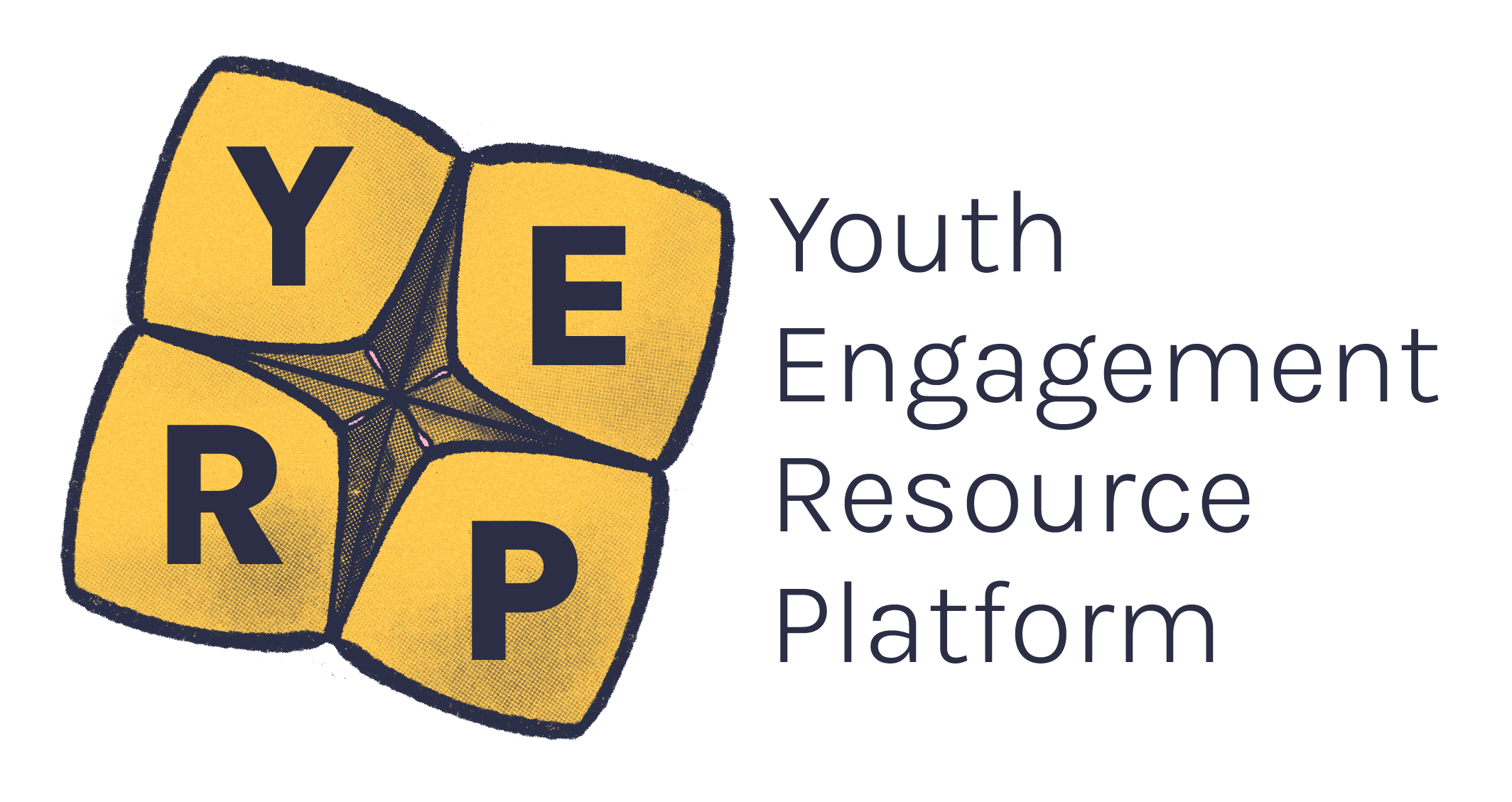Sometimes young people ask youth workers personal questions and want to know personal information. Some ask because they want to learn from us as role models or mentors. Others want reassurance that you or other workers are like them and want to feel seen. And some are just curious!
You’ll have a relatively good idea of the motivation behind the questions based on the relationship you have with the young person. Regardless, think about your boundaries and what's appropriate before sharing personal information with young people.1
This resource is a guide specifically for youth workers. Other roles such as lived experience workers, peer workers or support workers share their lived experience in different ways for different reasons. Ultimately, thinking about boundaries and sharing safely is applicable and important regardless of the role you’re in.
It can be hard to know where to start or what might be uncomfortable to share until you’ve been asked.1
Some reflections to consider:1
- What are important aspects of my identity?
- What am I passionate about?
- How do I feel when I meet someone who shares parts of my identity?
- What aspects of this felt supportive when they shared their identity with me?
- What aspects of my life and identity are private?
- What parts of my life and identity feel raw, hurt or overly complex?
- What would I feel comfortable with a stranger knowing about me?
- What's appropriate to talk about in my work context? (think about power dynamics, age of the young person, your relationship with that young person, rules and practices of the organisation, child safe standards).
- What will I say when someone asks something I don’t feel comfortable sharing?
Two great questions to reflect on when a young person asks a personal question or when considering sharing your lived experience are:1
- What's the purpose of sharing this with the young person?
- What's the benefit to the young person if I share this?
A core purpose of sharing your lived experience is for the young person or group of young people to benefit from hearing it. Therefore, being clear on your purpose and the benefits should guide the things you share and how you go about sharing them.
- Reducing stigma
- Building cultural safety
- Sharing collective wisdom
- Young people seeing themselves reflected in the staff
- Creating feelings of safety and understanding that they’re in a community space
- Intergenerational support
- Creating or developing a deeper rapport and connection
- Removing elements of the power dynamic
A photo of two people standing on a bridge, having a conversation.
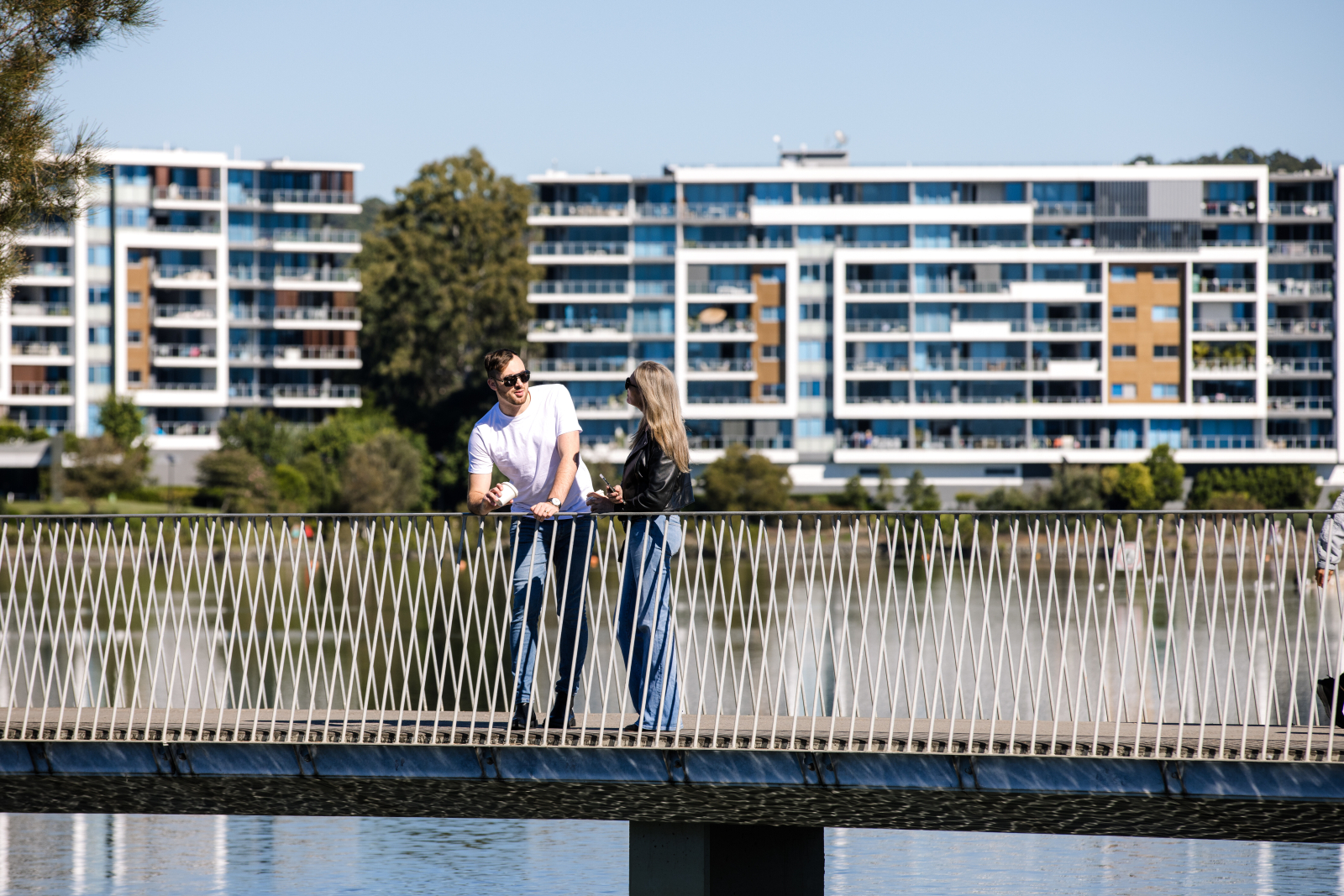
Always remember, you don’t have to share if you don’t want to and sometimes, it's not actually appropriate.
You might want to redirect the question back to the young person or group if a question feels:
- Too personal
- Not relevant
- You get the vibe that the young person isn’t asking for the right reasons, or
- You simply don’t want to answer.
If a young person asks you a tricky or personal question about your lived experience, here are some things you can say:
-
‘What do you think about that question?’
-
‘What made you ask this question?’
-
“I don’t feel comfortable sharing that part of me at work.”
-
Answer with the organisation’s stance or policy on the topic. For example, ‘it’s actually not part of my role to talk about this, but my organisation’s stance is …'
You can also de-identify your answer by saying it's someone you know, a friend or another young person, rather than you.
Redirecting a personal question
If a young person asks a personal question, it's not necessarily about the personal details of your particular experience. Sometimes the young person is looking for reassurance or guidance, and you can answer the question without sharing your own lived experience.
For example, if a young person asks about your ‘coming out’ experience, what they may really be seeking is:
- How to navigate 'coming out' and get ideas about what to say.
- Reassurance that 'coming out' can go positively.
- The chance to talk about their fears or worries about 'coming out'.
Redirecting the question back to them could involve answers like:
- ‘Have you thought about ‘coming out’ or talked to your family or friends?’
- ‘What was your 'coming out' experience like?’
- ‘What are you worried about when 'coming out'?’
- ‘Are there any other trusted people in your life you are comfortable 'coming out' to?
- ‘I’ve heard of some really lovely 'coming out' stories, did you want to chat about them?’
Another example could be a young person asking about your experience of racism.
What they might really be looking for is:
- Reassurance that they aren’t the only person experiencing a certain type of racism.
- Ways to navigate racism they experience from a teacher or other significant adult in their life.
- An opportunity to talk about a particularly stressful or harmful experience of racism.
You might redirect this question back to the young person by asking:
- ‘Have you experienced racism like this before?’
- ‘Are there people in your life that understand how these comments or actions feel?’
- ‘Some things I might say when navigating negative comments about my background are X’?
A photo of two young women talking on a park bench.
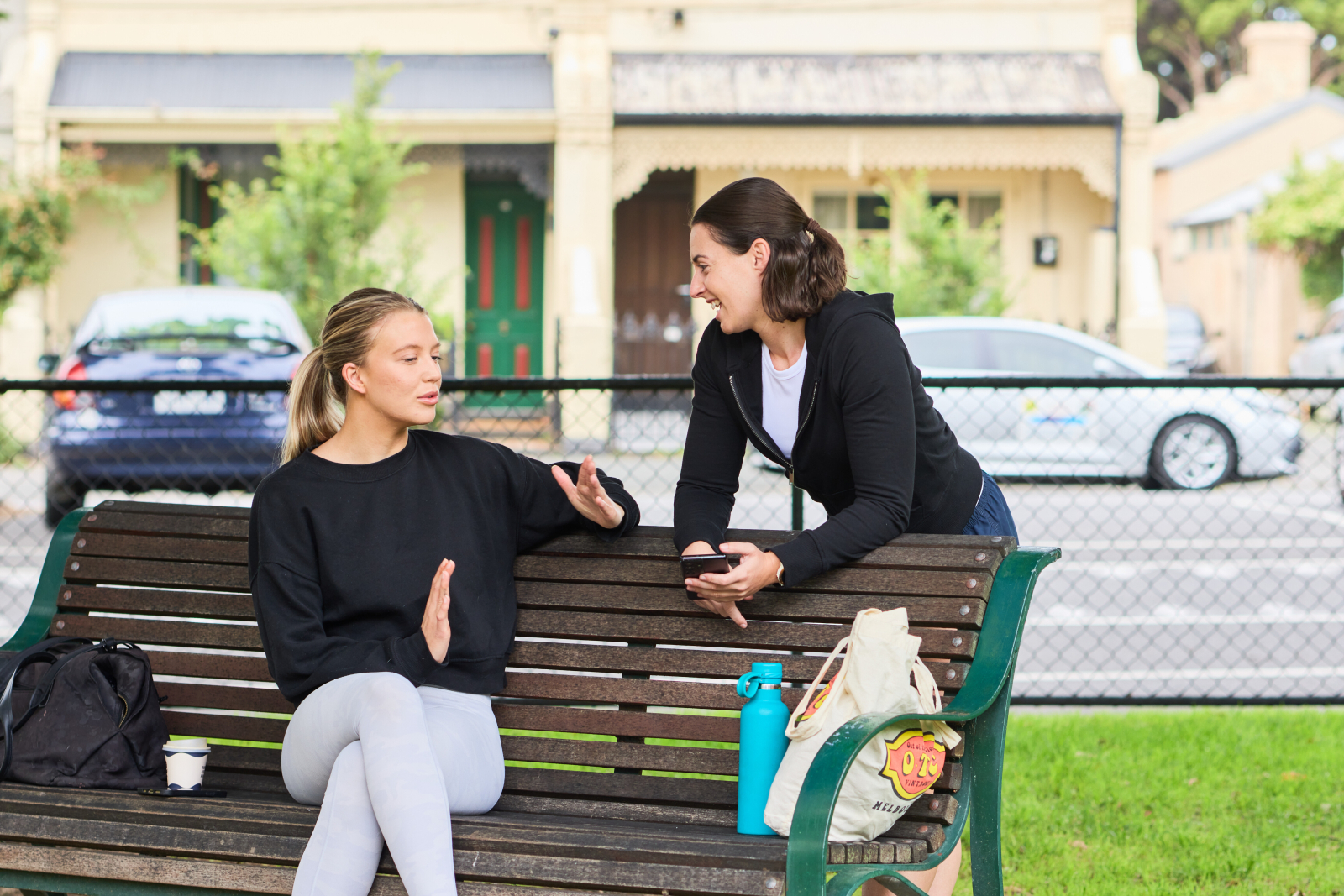
If you prefer not to talk about your lived experience or a particular topic, you could refer young people to resources which can help them explore their experiences. These can include videos, books, podcasts and social media accounts.1
You can also put the young person in contact with organisations that specialise in the lived experience of the young person, for example, LGBTIQA+ or anti-racism organisations.
By referring them to a resource, the young person is still supported to unpack their experiences and questions about a certain issue or topic. It could be a good way to still have a conversation about the topic without feeling obliged to talk about your own personal or lived experiences.
Sharing your lived experience can be draining and has the potential to result in Second-hand trauma from hearing someone else’s trauma.vicarious trauma or result in over identifying with the young person you’re sharing with. This is especially common when working with young people that are part of your community, share your identity or have similar lived experiences as you.
Self-care measures well help manage any feelings that surfaced after sharing your experiences.
Think about doing some of the following:
- An activity that brings you joy or a sense of calmness.
- Engaging in healthy habits like exercising and getting a good night’s sleep
- Talking to a trusted person about the conversation (if appropriate)
You should make sure you have support mechanisms in place within your team and organisation for after sharing lived experience. These could include:
- Debriefing
- Documenting the conversation with the support of your team
- Raising the conversation in supervision or a team meeting if you feel comfortable.
A person sitting down and putting their sneakers on.
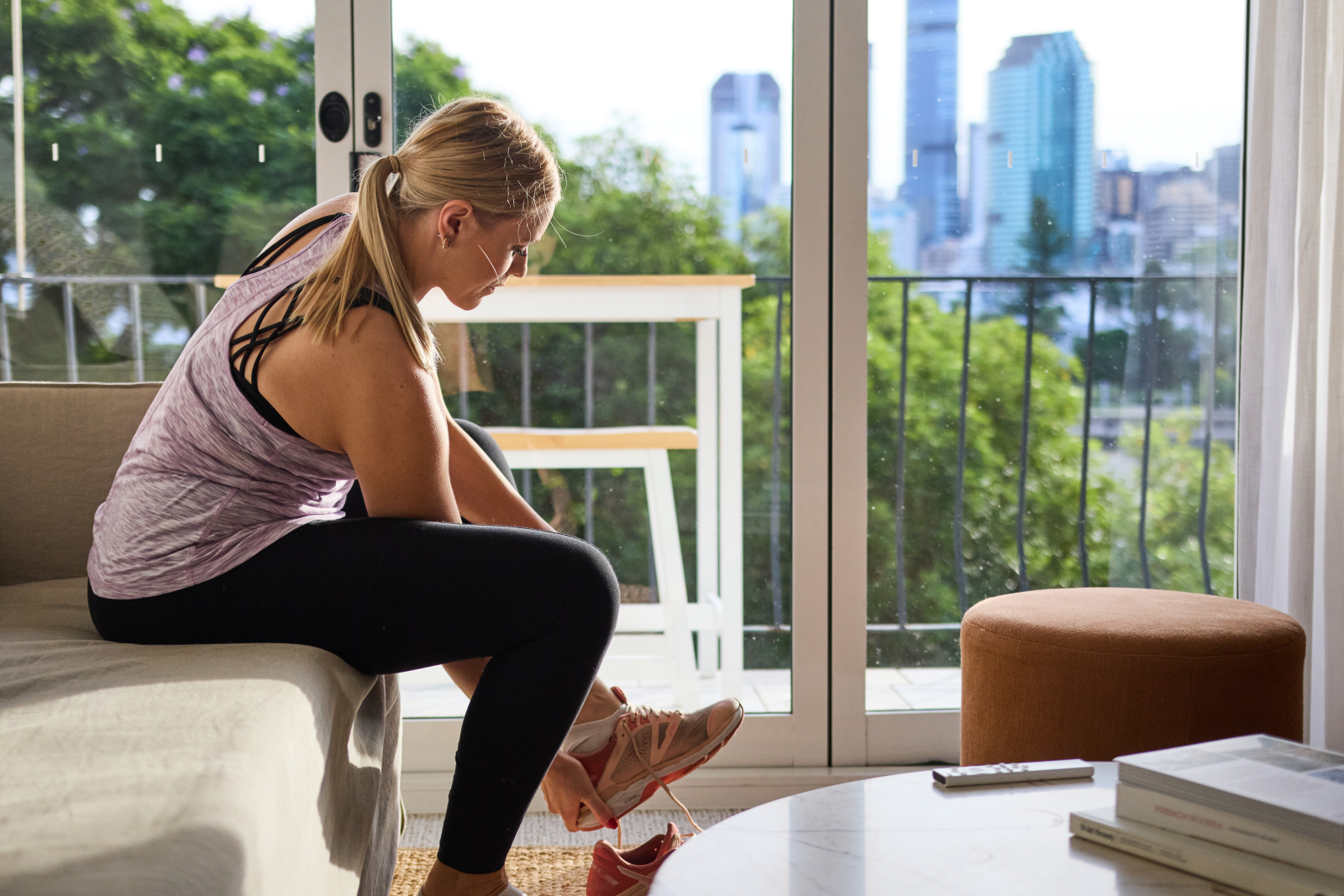
- Psych Hub. (November 2021). Guide for sharing lived experience. https://9063283.fs1.hubspotusercontent-na1.net/hubfs/9063283/Content/Guides/Guide%20for%20Sharing%20Lived%20Experience.pdf

